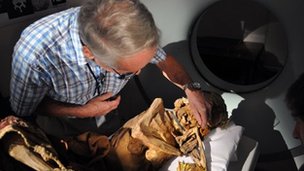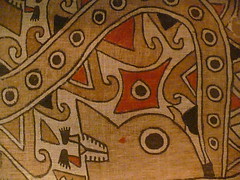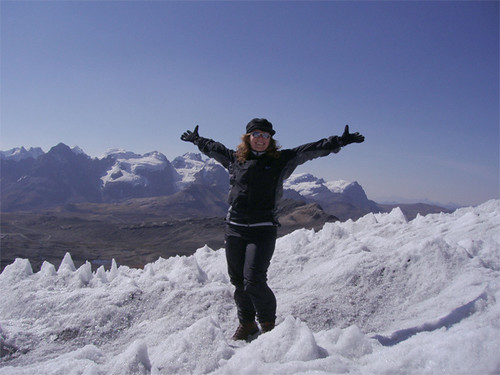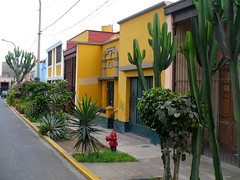We arrived in Cuzco at night, with a taxi into the Plaza de Armas, and saw the cathedrals and churches all lit up. It was very beautiful. But that was as far as the wonder and beauty went.
To my great disappointment I finally had something bad to say about a city in Peru. The culture here in Cusco is one of greed and ripping-off tourists in any way possible. This is not limited to tourist-facing businesses – even the Catholic Church is in on the feeding frenzy of the Walking-Wallets…



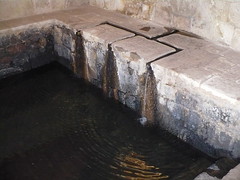
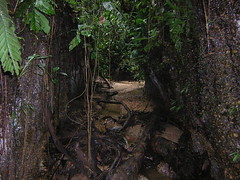
![Peru’s hard-hitting Oscar film hope divides opinion [Featured]](http://farm5.static.flickr.com/4002/4407554620_1f45162f92_m.jpg)
